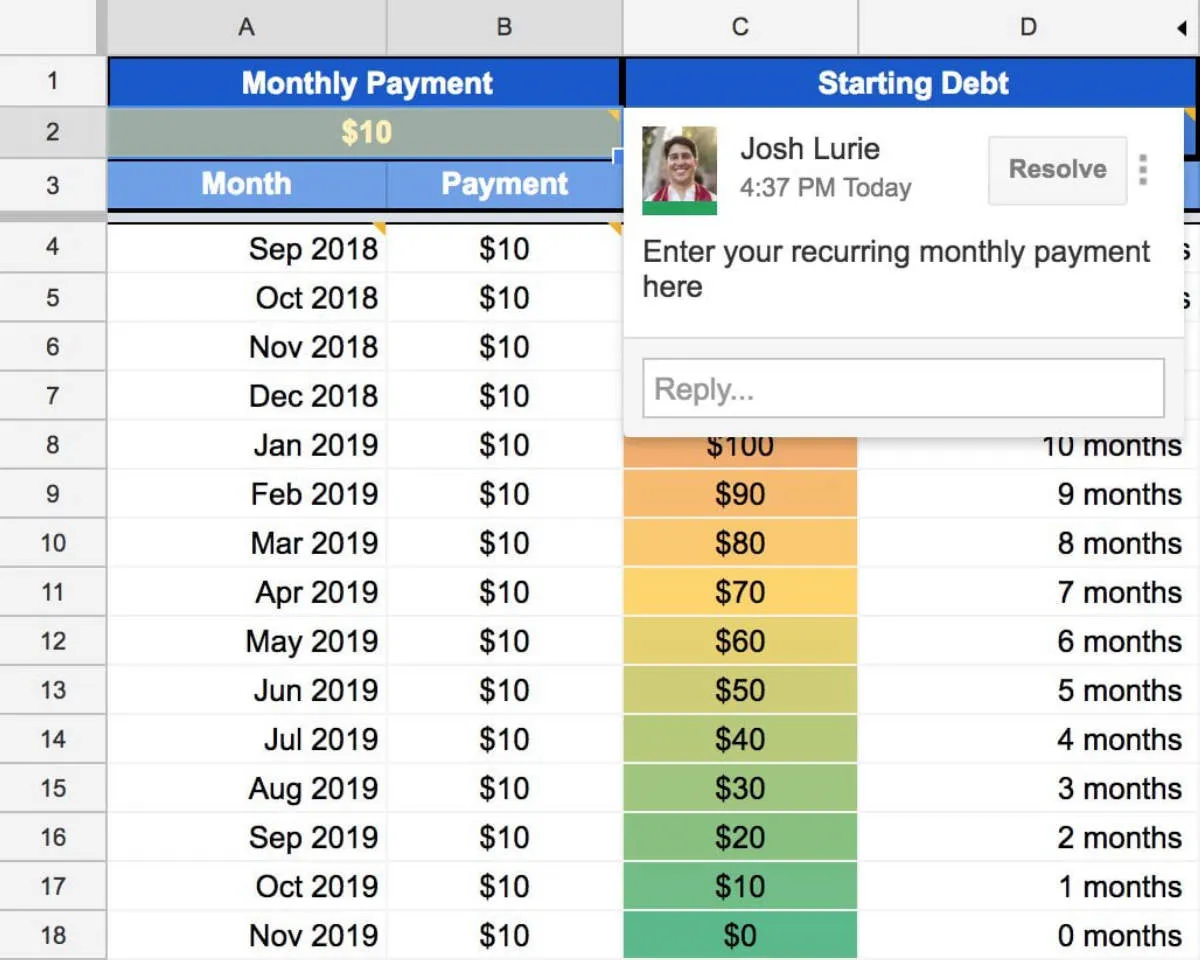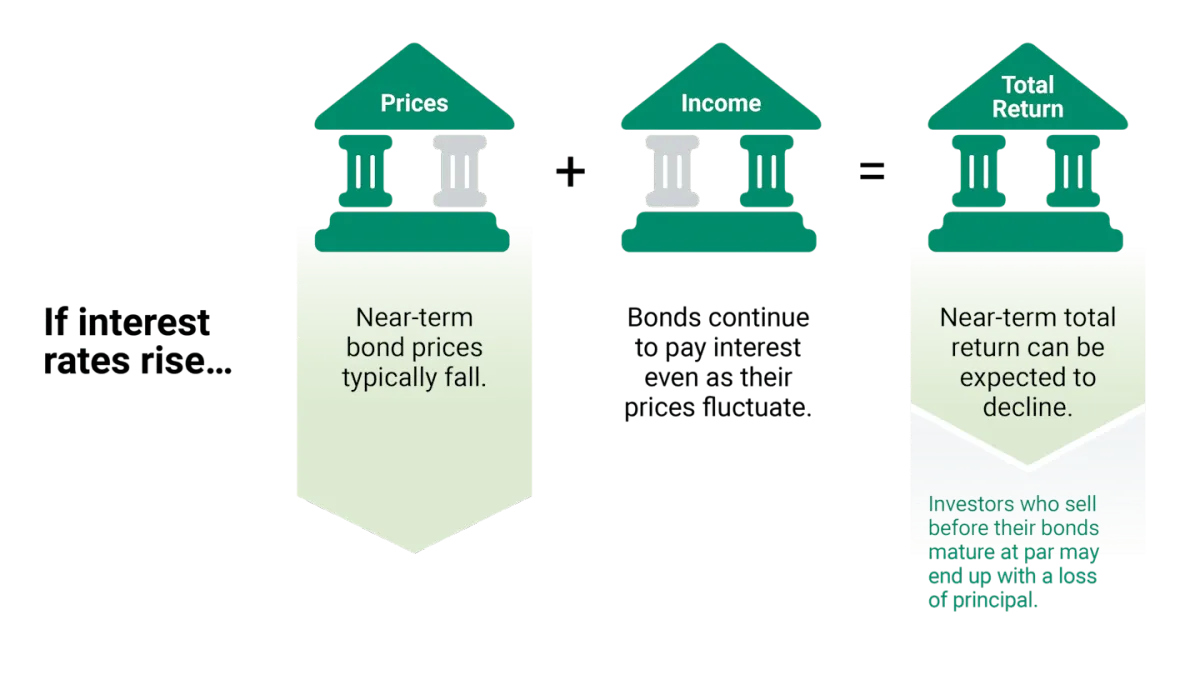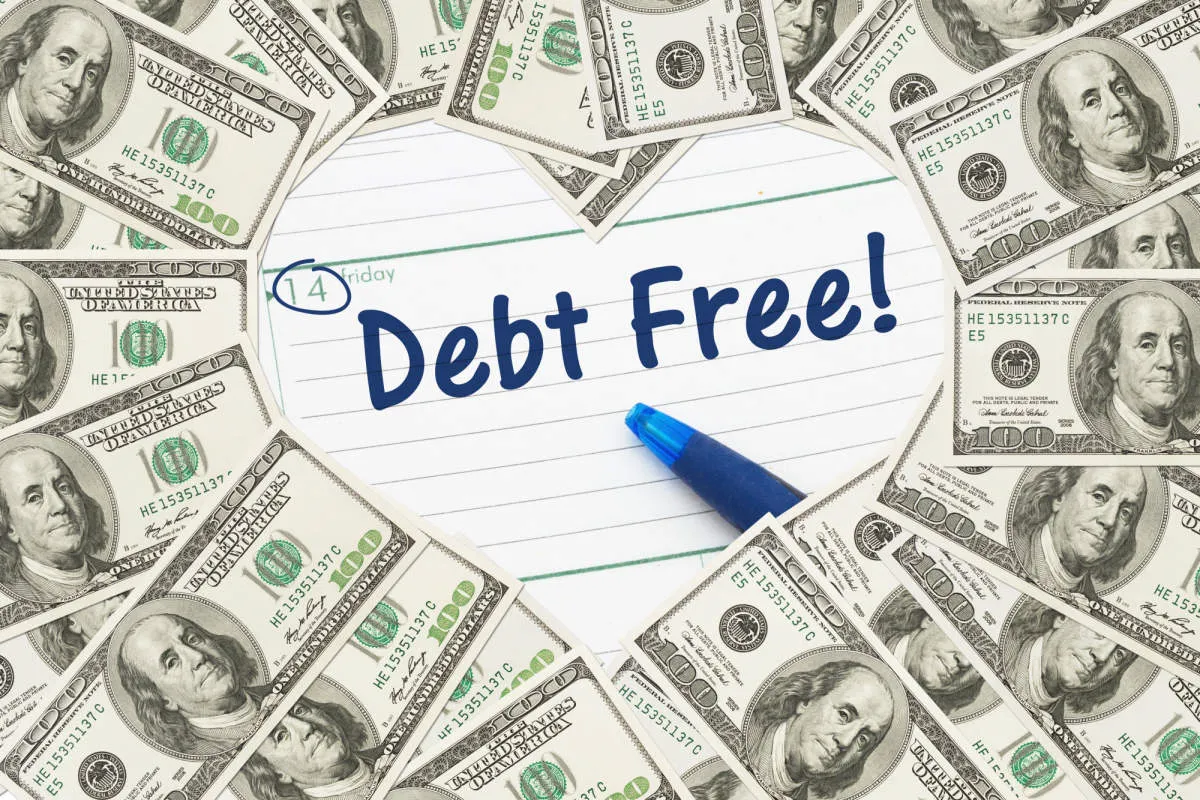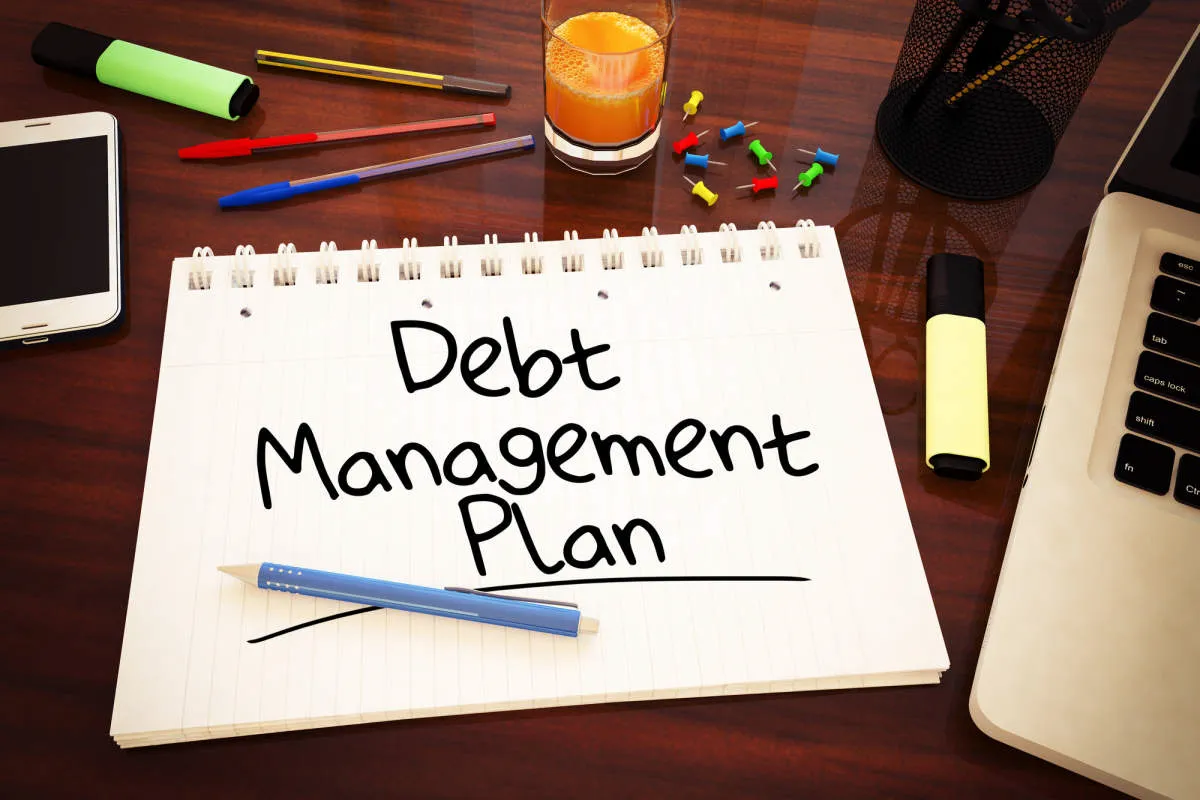Learn valuable tips and techniques for effective debt management that can benefit everyone. Explore practical strategies to reduce debt, improve financial health, and achieve long-term financial stability.
Assessing Your Debt Situation
Before you can effectively manage your debt, it’s crucial to understand the full scope of what you owe. This means taking a deep dive into your finances and confronting your debts head-on. This process, while potentially daunting, is the first step towards taking control of your financial well-being.
1. List All Debts:
Start by creating a comprehensive list of all your debts. This should include everything from credit cards and student loans to personal loans and medical bills. Don’t forget any outstanding debts with friends or family. For each debt, note down:
- Creditor name
- Total outstanding balance
- Interest rate
- Minimum monthly payment
- Loan term (if applicable)
2. Calculate Your Debt-to-Income Ratio (DTI):
Your DTI is a key indicator of your overall debt load. It compares your monthly debt payments to your gross monthly income. To calculate it, divide your total monthly debt payments by your gross monthly income. For example, if your monthly debt payments are $1,500 and your gross monthly income is $5,000, your DTI is 30% (1,500 / 5,000 = 0.3 or 30%). A lower DTI is generally better, indicating that you have more of your income available to cover your living expenses and savings goals.
3. Analyze Your Spending Habits:
Assessing your debt situation also involves understanding how you got there in the first place. Carefully review your spending habits over the past few months. Use bank statements, credit card bills, and budgeting apps to track where your money is going. Identifying areas of overspending or unnecessary expenses can free up funds to put towards debt repayment.
Creating a Debt Repayment Plan

A well-structured debt repayment plan is the cornerstone of effective debt management. This plan serves as your roadmap to becoming debt-free, providing a clear path and timeline. Here’s how to create one:
1. List All Debts and Their Details
Start by making a comprehensive list of all your debts. Include the creditor’s name, total outstanding balance, interest rate, minimum monthly payment, and due date for each debt.
2. Prioritize Your Debts
Not all debts are created equal. Prioritize your debts based on interest rates or urgency. Two common methods are the:
- Avalanche Method: Focus on paying off the debt with the highest interest rate first, while making minimum payments on other debts.
- Snowball Method: Start by paying off the smallest debt first, regardless of interest rate, to build momentum and motivation.
3. Explore Debt Consolidation or Refinancing
If you have multiple high-interest debts, consider debt consolidation or refinancing. These options can simplify your payments and potentially reduce your interest rates, freeing up more money to put towards debt repayment.
4. Determine Your Monthly Payment Capacity
Analyze your income and expenses to determine how much you can realistically afford to put towards debt repayment each month. Remember to factor in essential expenses and leave room for unexpected costs.
5. Create a Realistic Payment Schedule
Using your debt prioritization and monthly payment capacity, create a detailed payment schedule that outlines how much you’ll allocate to each debt every month. Be realistic and choose a schedule you can stick to consistently.
6. Track Your Progress and Make Adjustments
Regularly review your debt repayment plan and monitor your progress. Life circumstances change, and your plan should be flexible enough to adapt. If your income increases or you incur unexpected expenses, adjust your payment schedule accordingly.
Tips for Reducing Debt
Effectively managing and reducing debt is crucial for financial stability and peace of mind. Here are some practical tips to help you gain control of your debt and work towards a debt-free future:
1. Create a Budget and Track Your Spending
Start by understanding where your money is going. Create a detailed budget that outlines your income and expenses. Track your spending for a month or two to identify areas where you can cut back and free up cash flow for debt repayment.
2. Prioritize High-Interest Debts
Focus on paying down high-interest debts, such as credit cards, first. These debts accrue interest quickly, making them more expensive over time. Allocate extra payments towards these high-interest debts while making minimum payments on other loans.
3. Negotiate with Creditors
Don’t hesitate to contact your creditors and negotiate lower interest rates or payment terms. Explain your financial situation and see if they are willing to work with you. Many creditors are open to negotiating to avoid losing you as a customer.
4. Consider Debt Consolidation
If you have multiple debts with different interest rates, explore debt consolidation options. Consolidating your debts into a single loan with a lower interest rate can simplify payments and potentially save you money on interest charges.
5. Make More Than the Minimum Payment
Whenever possible, pay more than the minimum amount due on your debts. Even small extra payments can significantly reduce the time it takes to pay off your debt and save you money on interest.
6. Explore Additional Income Sources
Increasing your income can accelerate your debt reduction journey. Consider taking on a side hustle, freelancing, or selling unwanted items to generate extra cash flow that you can put towards your debts.
7. Seek Professional Financial Advice
If you’re struggling to manage your debt or need personalized guidance, don’t hesitate to seek help from a certified financial advisor. They can provide expert advice tailored to your specific financial situation and help you develop a solid debt reduction strategy.
Understanding Interest Rates

Interest rates are a crucial aspect of borrowing and lending money. They represent the cost of borrowing money, expressed as a percentage of the principal amount borrowed. Understanding interest rates is fundamental to effective debt management.
How Interest Rates Work
When you borrow money, whether it’s a loan or credit card debt, you agree to repay the principal amount plus interest. The interest rate determines how much extra you’ll pay over the life of the loan. For example, if you borrow $1,000 at an interest rate of 5% per year, you’ll owe $50 in interest after one year.
Types of Interest Rates
- Fixed Interest Rates: The interest rate remains the same throughout the loan term, providing predictability in your repayments.
- Variable Interest Rates: The interest rate can fluctuate based on market conditions, leading to potential increases or decreases in your monthly payments.
Factors Influencing Interest Rates
Several factors influence interest rates, including:
- Central Bank Policies: Central banks set benchmark interest rates that affect overall borrowing costs.
- Inflation: Higher inflation typically leads to higher interest rates.
- Credit Score: Your creditworthiness, reflected in your credit score, impacts the interest rates offered to you. A higher credit score generally results in lower interest rates.
- Loan Term: Longer loan terms often have higher interest rates to compensate for the increased risk to the lender.
The Impact of Interest Rates on Debt
Interest rates play a significant role in the overall cost of your debt. Higher interest rates mean you’ll pay more in interest charges, increasing your debt burden. Conversely, lower interest rates can save you money and help you become debt-free faster.
Consolidating Your Debts
Debt consolidation is a strategy that involves taking out a new loan to pay off one or more existing debts. This can simplify your finances by combining multiple payments into a single monthly payment.
Benefits of Debt Consolidation:
- Lower Interest Rate: Consolidating high-interest debts, such as credit card balances, into a loan with a lower interest rate can save you money on interest payments over the life of the loan.
- Simplified Repayment: Instead of managing multiple payments with different due dates, you’ll only have one monthly payment to keep track of.
- Potentially Shorter Repayment Term: Depending on your interest rate and the terms of the consolidation loan, you may be able to pay off your debt faster.
Common Debt Consolidation Options:
- Balance Transfer Credit Cards: These cards offer a low or 0% introductory interest rate for a certain period, allowing you to transfer high-interest balances and potentially save on interest charges.
- Personal Loans: Unsecured personal loans can be used to consolidate various types of debt, and they typically have fixed interest rates and repayment terms.
- Home Equity Loans or Lines of Credit: If you’re a homeowner, you may be able to leverage the equity in your home to secure a loan with a lower interest rate. However, keep in mind that this option puts your home at risk if you’re unable to repay the loan.
Considerations Before Consolidating Debt:
- Credit Score Requirements: A good credit score is typically required to qualify for the best interest rates and loan terms.
- Fees and Costs: Some debt consolidation options may come with fees, such as balance transfer fees or origination fees.
- Long-Term Financial Impact: While consolidation can simplify your payments, it’s important to ensure that the new loan doesn’t extend your repayment term or result in paying more interest overall.
Negotiating with Creditors

Negotiating with creditors can be an effective way to regain control of your debt and work towards a solution. Here are some key points to remember when negotiating with creditors:
Be Proactive
Don’t wait until you’re in serious financial trouble. Contact your creditors as soon as you realize you’re having difficulty making payments. They may be more willing to work with you if you’re upfront about your situation.
Communicate Clearly and Respectfully
Explain your financial situation honestly and clearly. Provide necessary documentation, such as income and expense statements. Maintain a polite and respectful tone throughout the negotiation process.
Explore Possible Options
Discuss potential solutions with your creditors, such as:
- Lowering interest rates or monthly payments
- Deferring payments or creating a temporary forbearance plan
- Negotiating a settlement for a reduced amount
Get Everything in Writing
Before agreeing to any arrangement, ensure all terms are clearly outlined in writing. Review the agreement carefully and keep a copy for your records.
Seek Professional Help if Needed
If you’re uncomfortable negotiating on your own, consider seeking help from a credit counselor. They can provide guidance and support throughout the negotiation process.
Building an Emergency Fund
One of the most crucial aspects of effective debt management is having a financial safety net. This is where an emergency fund comes in. Unexpected expenses like medical bills, car repairs, or job loss can derail even the most well-planned budget. An emergency fund acts as a buffer, preventing you from relying on credit cards or high-interest loans during these challenging times.
How much should you save? A general rule of thumb is to set aside three to six months’ worth of living expenses. This amount should cover essential costs like rent/mortgage payments, utilities, groceries, transportation, and debt payments.
Where to keep your emergency fund: Accessibility and safety are paramount. A high-yield savings account or a money market account are ideal options. These accounts offer easy access to your funds while providing a modest return on your savings.
Making saving a priority: Building an emergency fund takes time and discipline. Start by setting a realistic savings goal and automate regular transfers to your emergency fund account. Even small contributions can add up significantly over time. Consider cutting back on discretionary spending and redirecting those funds towards your emergency fund.
Staying Debt-Free

Staying out of debt requires conscious effort and discipline. It’s about making mindful financial choices that prioritize long-term financial health over instant gratification. Here are some tips for staying debt-free:
1. Live Within Your Means
This is the golden rule of personal finance. Spend less than you earn, and avoid unnecessary expenses. Create a realistic budget that tracks income and expenses, so you can clearly see where your money is going and identify areas to cut back.
2. Build an Emergency Fund
Unexpected events like medical bills or car repairs can quickly derail your finances and lead to debt. Having a dedicated emergency fund provides a financial cushion to cover these unforeseen costs without relying on credit cards.
3. Resist Impulse Purchases
Before making any purchase, especially a large one, take time to consider if it’s truly necessary. Avoid impulse buys by waiting 24 hours before purchasing non-essential items. This allows you time to reflect on whether you genuinely need it and can afford it.
4. Save for Large Purchases
Instead of financing large purchases like cars or appliances, make it a habit to save up for them over time. This may require patience and planning, but it ultimately saves you money on interest payments and helps you avoid debt.
5. Track Your Spending
Regularly review your bank statements and credit card bills to monitor your spending habits. Utilize budgeting apps or spreadsheets to track your expenses and identify any areas where you might be overspending.
6. Seek Financial Education
Enhance your financial literacy by reading books, articles, or attending workshops on personal finance. Understanding financial concepts empowers you to make informed decisions about your money and avoid common financial pitfalls.
Conclusion
Implementing effective debt management strategies is crucial for financial stability and peace of mind. By setting a budget, prioritizing repayments, and seeking professional advice when needed, individuals can take control of their debts and work towards a debt-free future.

